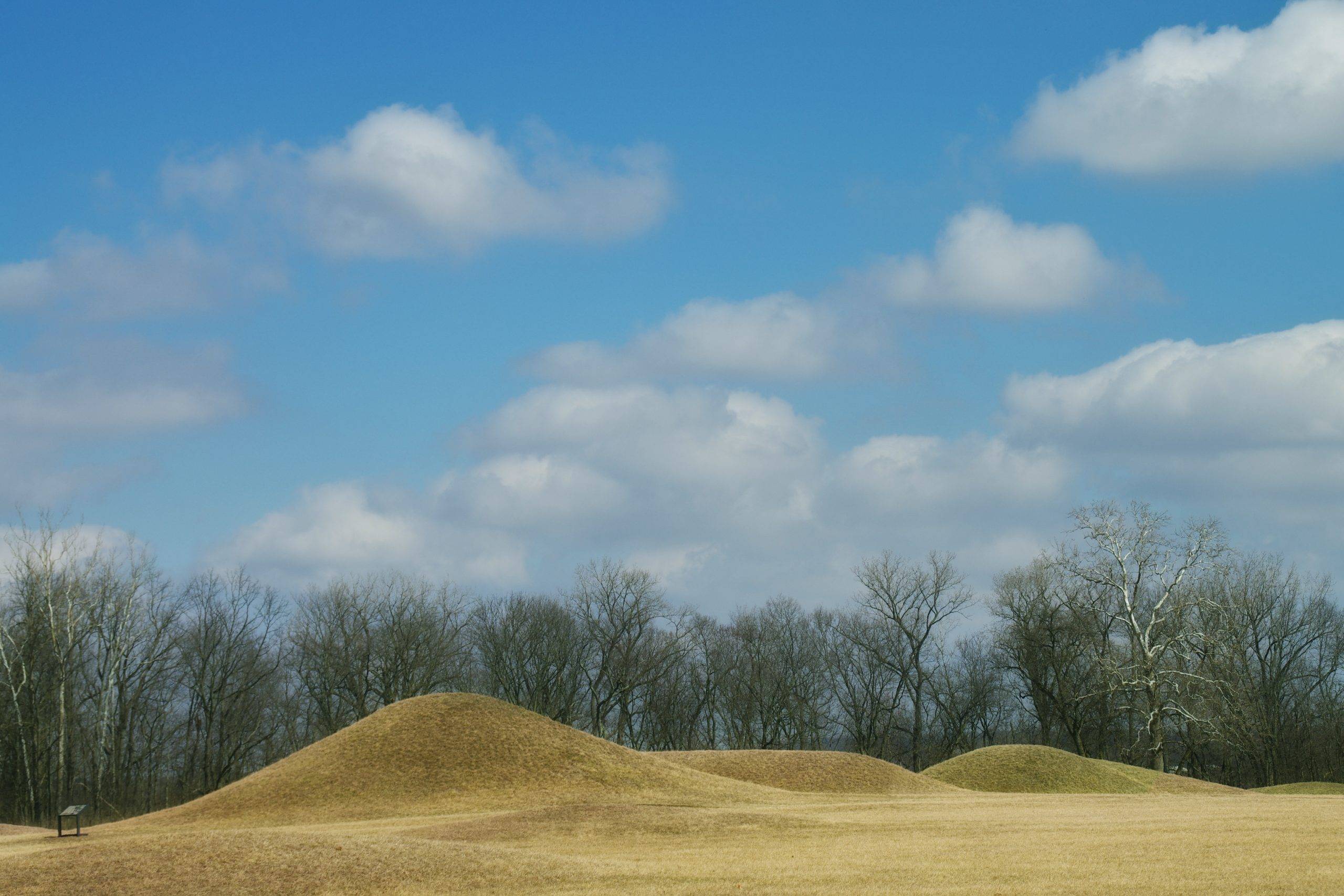The Hopewell Mounds are a collection of earthen mounds and geometric earthworks that were part of the Hopewell culture, which flourished from 200 BCE to 500 CE. These mounds are primarily located in the Ohio River Valley in the United States. They are named after the Hopewell Farm in Ross County, Ohio, where a large concentration of mounds was discovered. The Hopewell Mounds are significant for their complex structures, which include burial mounds and ceremonial spaces, and for the sophisticated artifacts found within them, such as finely crafted metalwork and exotic materials that indicate a wide trade network.
Get your dose of History via Email
Historical Background of Hopewell Mounds
The Hopewell Mounds were first discovered in the 19th century, with formal excavations beginning in the 1840s. They were named after Mordecai Hopewell, the owner of the land where a large concentration of mounds was found. The Hopewell culture is credited with building these mounds, although they were not the first mound builders in North America. The Hopewell people inhabited the area later, and their culture is noted for its significant advancements in trade, craftsmanship, and mound-building.
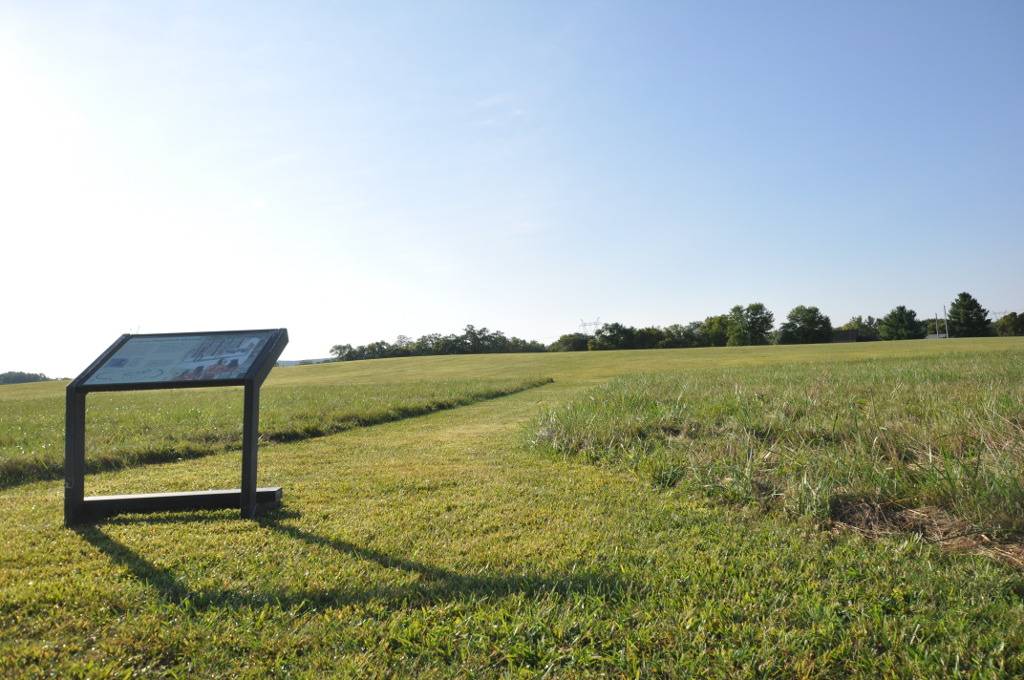
Archaeological evidence suggests that the Hopewell Mounds were used for various purposes, including ceremonial functions, social gatherings, and as burial sites. The mounds were constructed using a variety of methods, often involving the movement of massive amounts of earth. Some mounds were also used as platforms for structures, possibly for the elite or for religious purposes.
Over time, the Hopewell Mounds have been the subject of numerous archaeological studies. These studies have revealed a wealth of artifacts, including intricate jewelry, pottery, and tools. The presence of materials such as obsidian from the Rocky Mountains and shells from the Gulf of Mexico indicates that the Hopewell people were part of a vast trade network.
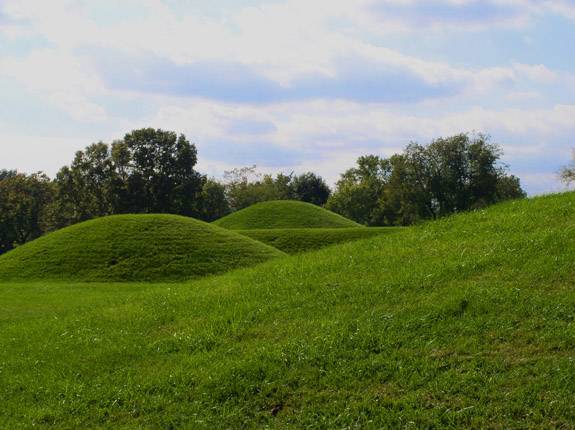
While the Hopewell culture declined around 500 CE, their mounds have endured, capturing the imagination of historians and archaeologists. The Hopewell Mounds have not been continuously inhabited since their creation, but they have been visited and studied by many over the centuries. They stand as a testament to the complex social and religious lives of the Hopewell people.
Historically, the Hopewell Mounds have not been the scene of major events in recent history, but they are an important part of North American prehistory. Their construction and the artifacts found within them provide valuable insights into the lives of the Hopewell culture and the pre-Columbian history of North America.
About Hopewell Mounds
The Hopewell Mounds are characterized by their large earthen structures, which vary in shape and size. The mounds were built using earth, stone, and wood, and they often took on geometric shapes, such as circles, squares, and octagons. The largest of these mounds, known as Mound City, covers over 13 acres and contains more than two dozen mounds.
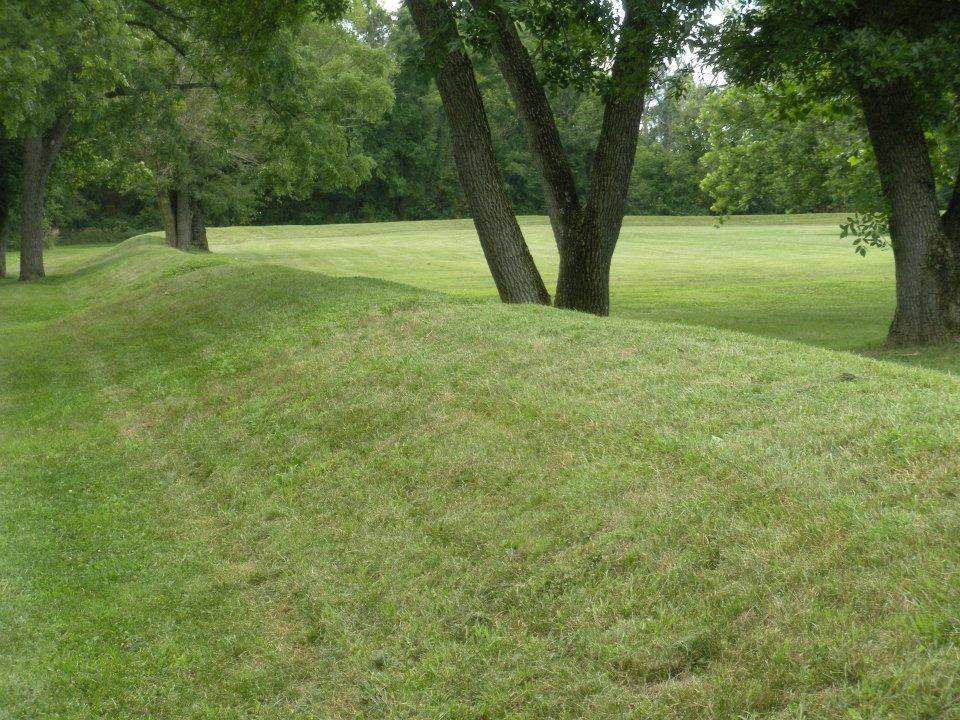
The construction of the Hopewell Mounds was a labor-intensive process. Communities would gather to move earth in baskets or animal hides. The mounds were built in stages, sometimes over generations, indicating a long-term commitment to their construction and use.
Architectural highlights of the Hopewell Mounds include the precise alignments with celestial bodies and the use of sophisticated engineering techniques. Some mounds align with lunar and solar events, suggesting that they had astronomical significance and were possibly used in rituals or as calendars.
The building materials for the mounds were often sourced locally, but the artifacts found within them came from far and wide. The Hopewell people used materials such as mica, copper, and various stones to create intricate objects, indicating a high level of craftsmanship and artistry.
The mounds themselves were often surrounded by ditches or embankments, and some contained elaborate internal structures, including charnel houses where the dead were prepared for burial. The complexity of the mounds and the artifacts within them reflect the social and religious importance of these sites to the Hopewell culture.
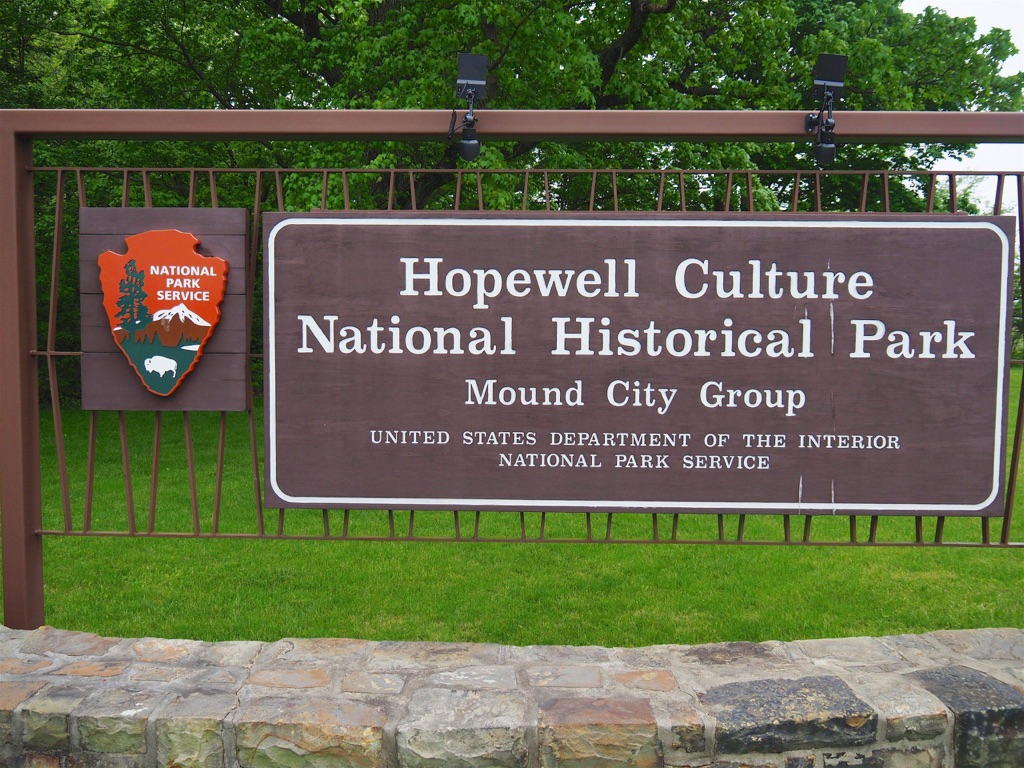
Theories and Interpretations
There are numerous theories about the purpose and use of the Hopewell Mounds. Some scholars believe they served as ceremonial centers, while others suggest they were social gathering places or territorial markers. The presence of high-status goods in some mounds indicates they may have been used for burial rituals for important individuals.
The Hopewell Mounds have also been the subject of mystery, particularly regarding the extent of their trade network and the meaning of their geometric shapes. Some interpretations match the mounds to historical records of indigenous oral traditions, while others rely on archaeological evidence.
Dating of the Hopewell Mounds has been carried out using methods such as radiocarbon dating. These methods have helped establish the timeline of the Hopewell culture and the construction of the mounds. The results have been crucial in understanding the chronology of events in pre-Columbian North America.
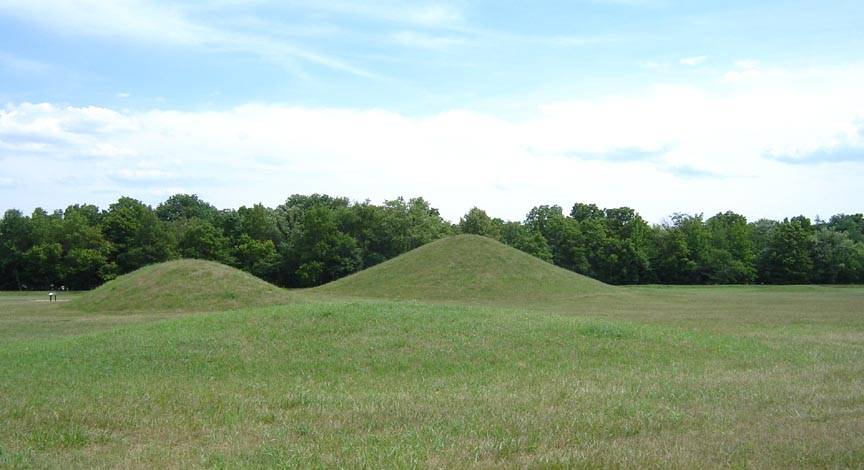
Some theories propose that the mounds had astronomical significance, as certain alignments correspond to celestial events. This suggests that the Hopewell people had advanced knowledge of astronomy and used it in their construction.
Despite extensive research, many aspects of the Hopewell Mounds remain open to interpretation. Ongoing archaeological work continues to shed light on these enigmatic structures and the people who built them.
At a glance
Country: United States
Civilization: Hopewell culture
Age: Constructed between 200 BCE and 500 CE
Conclusion and Sources
Reputable sources used in the creation of this article include:

